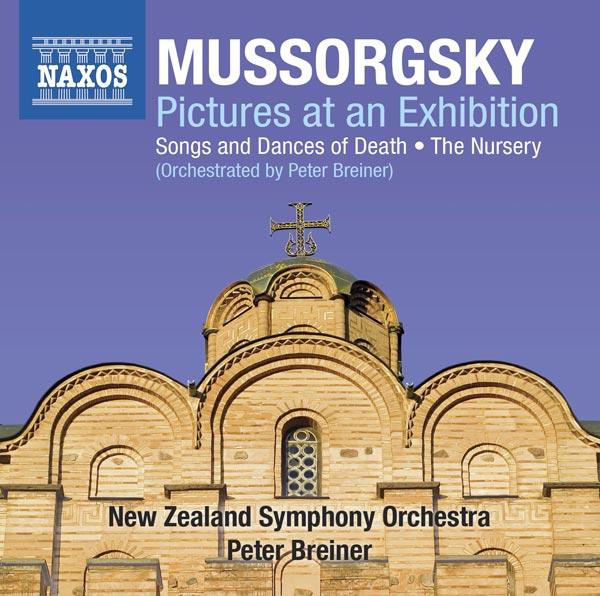| Columns Retired Columns & Blogs |
Follow-up stats from Klaus Heymann: "Downloads are slightly up this
year, streaming up strongly and physical down slightly.
Last year, for the first time, physical and digital sales in North
America were 50/50. This year, I expect the ratio to be 60/40 in favor
of digital, not because physical is declining more rapidly but because
digital is growing strongly."






































